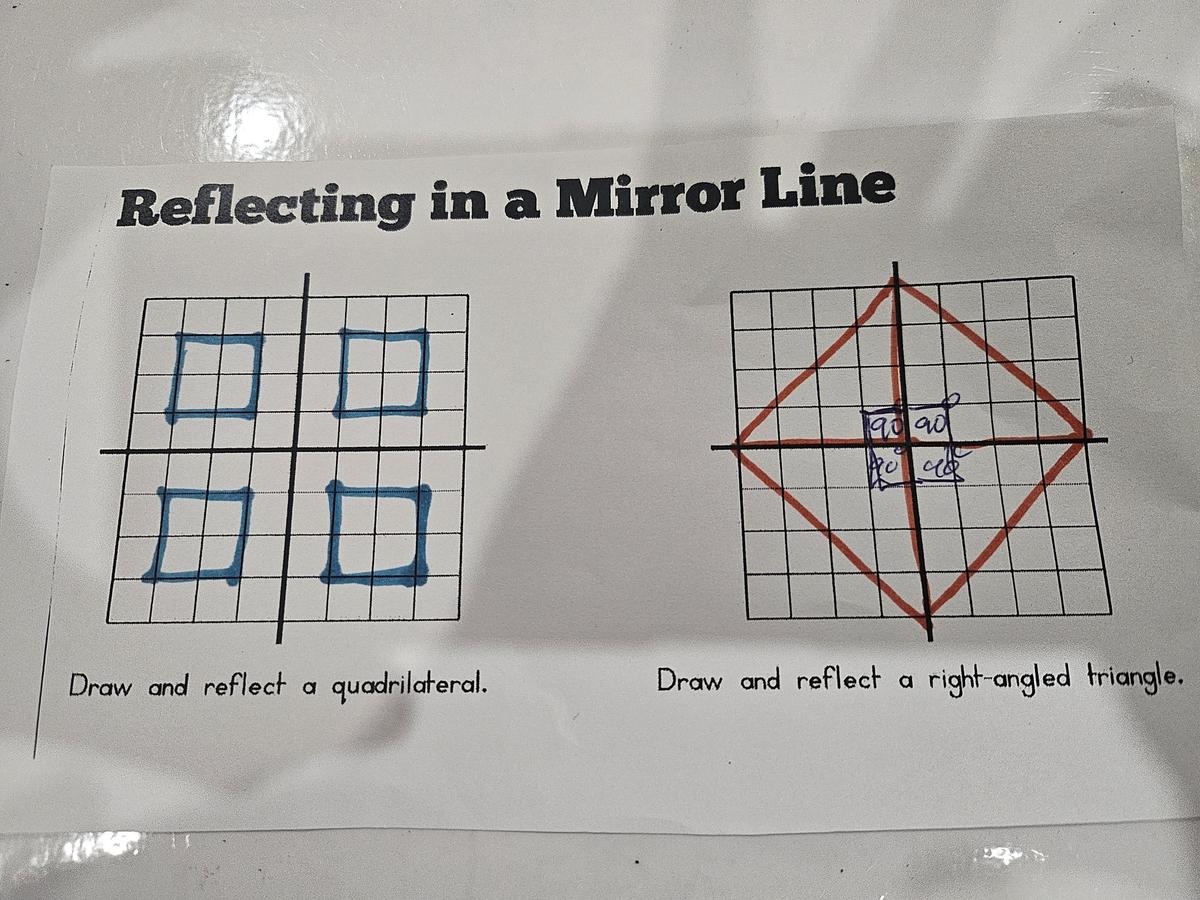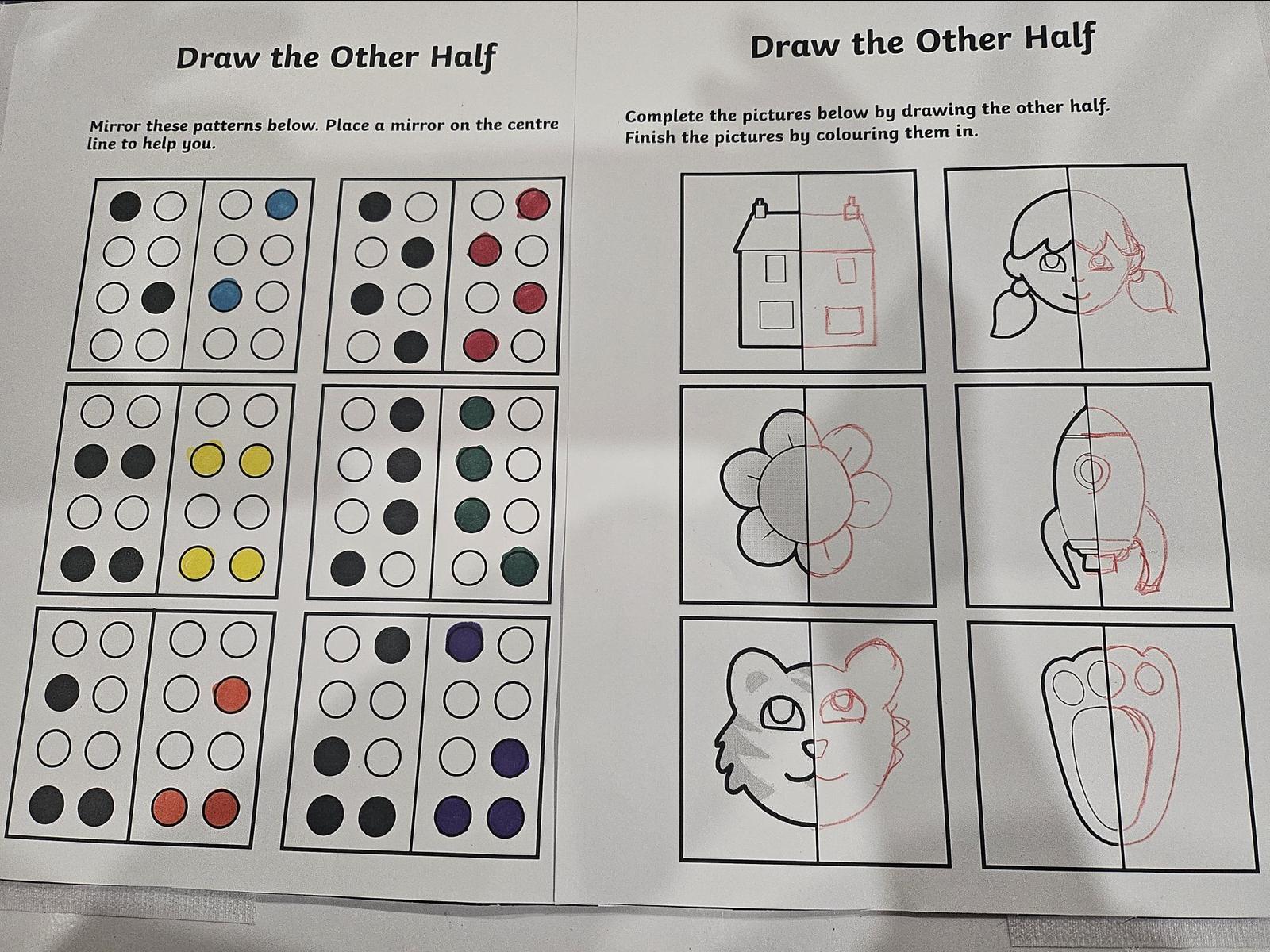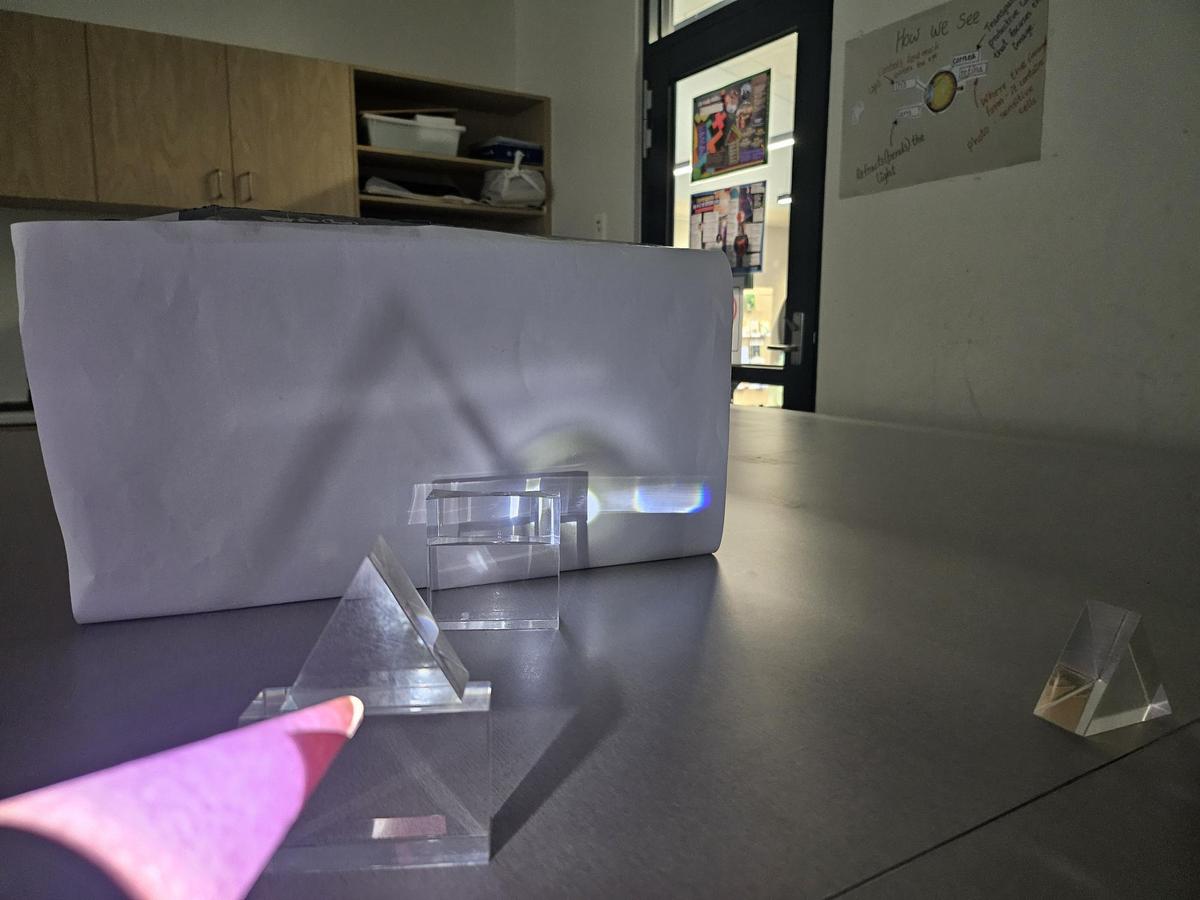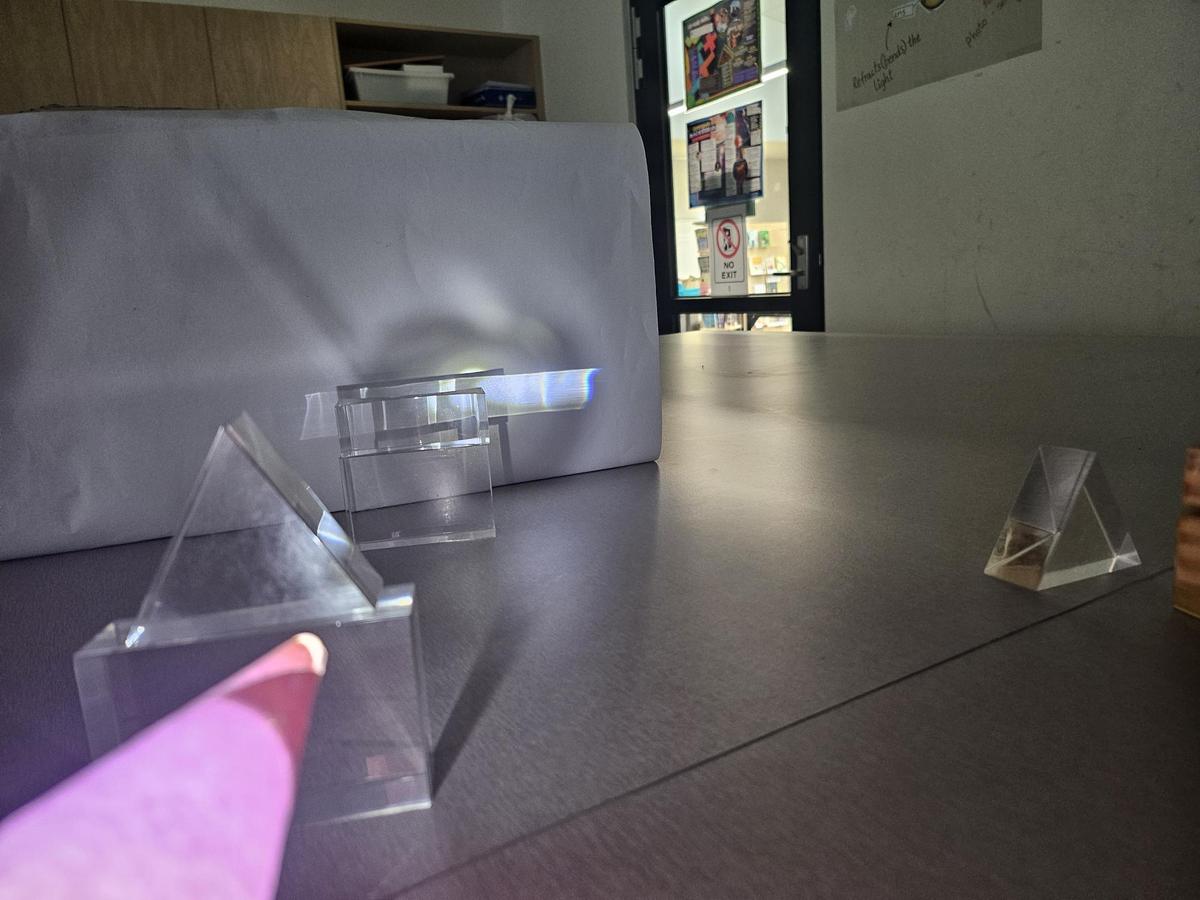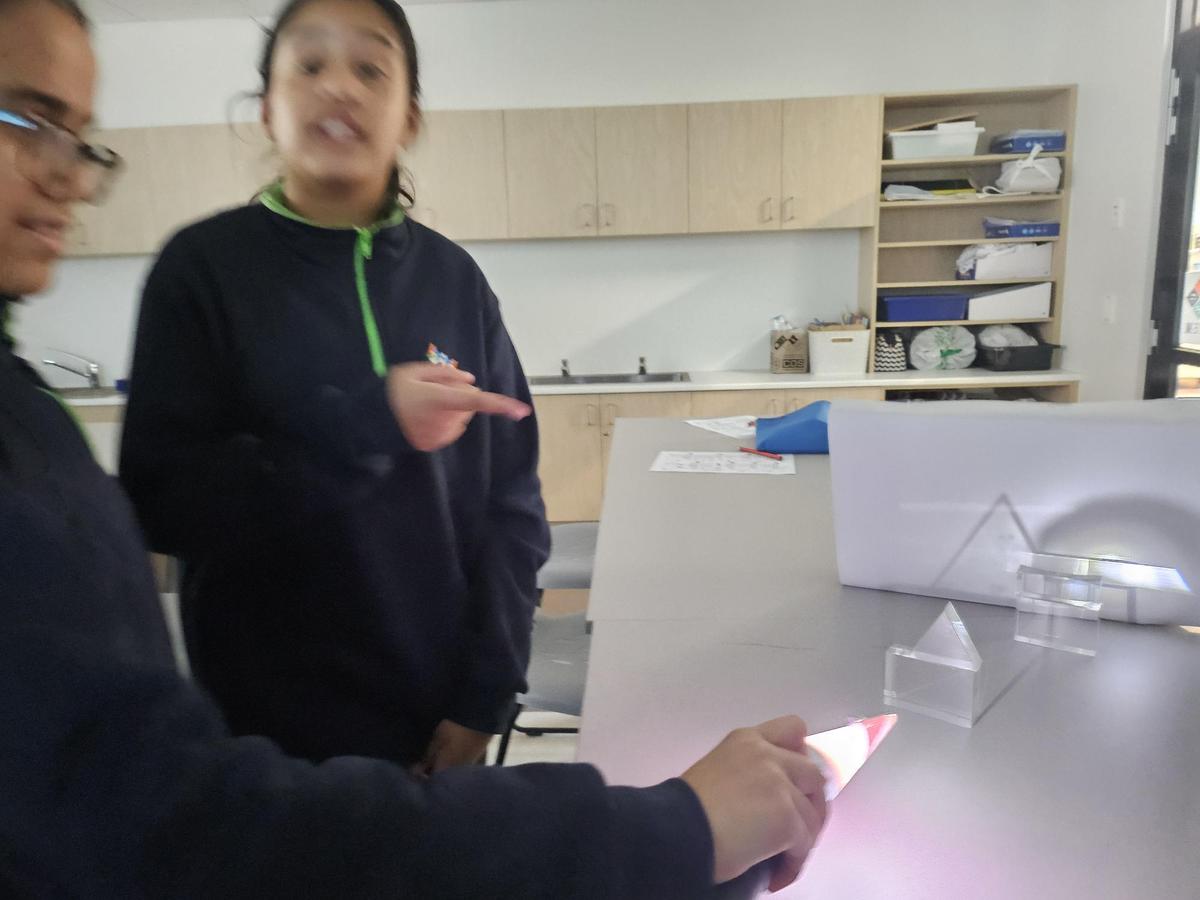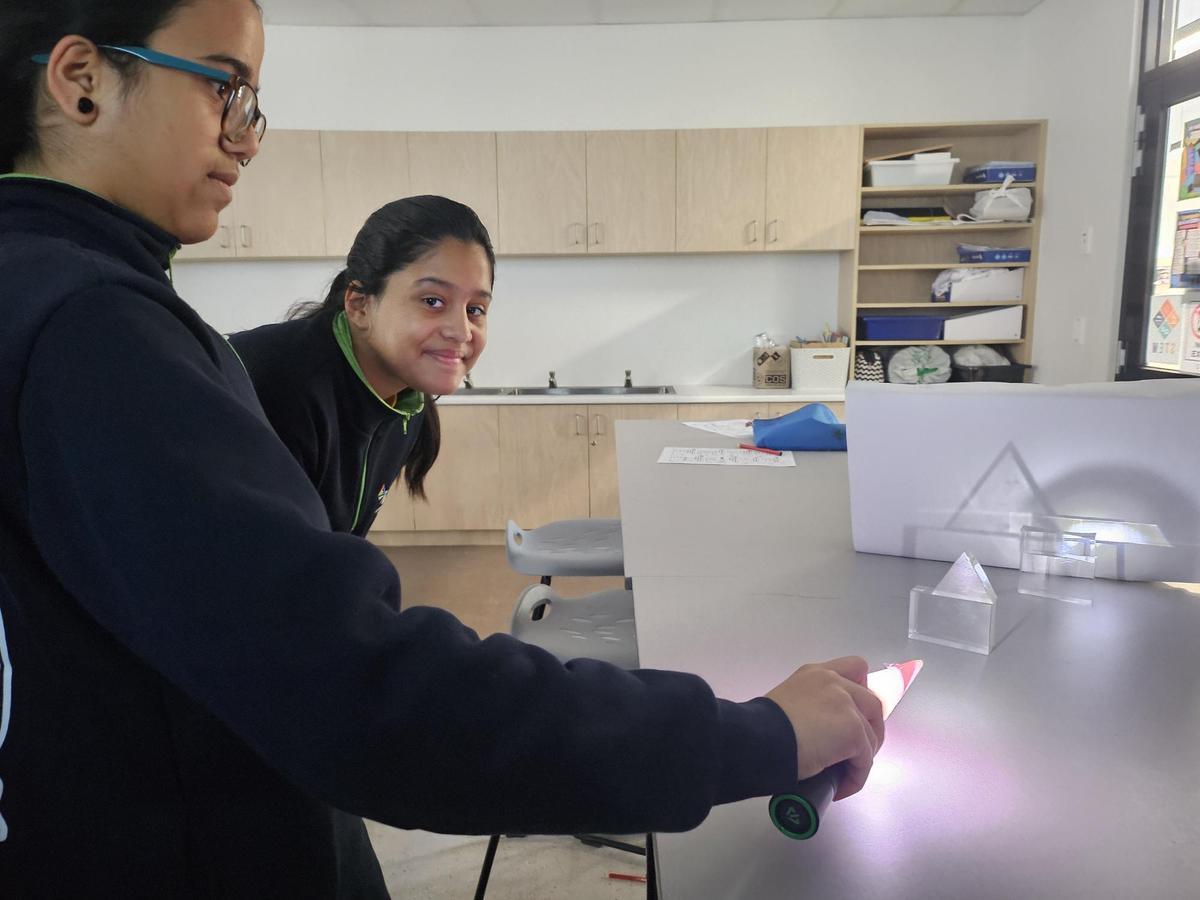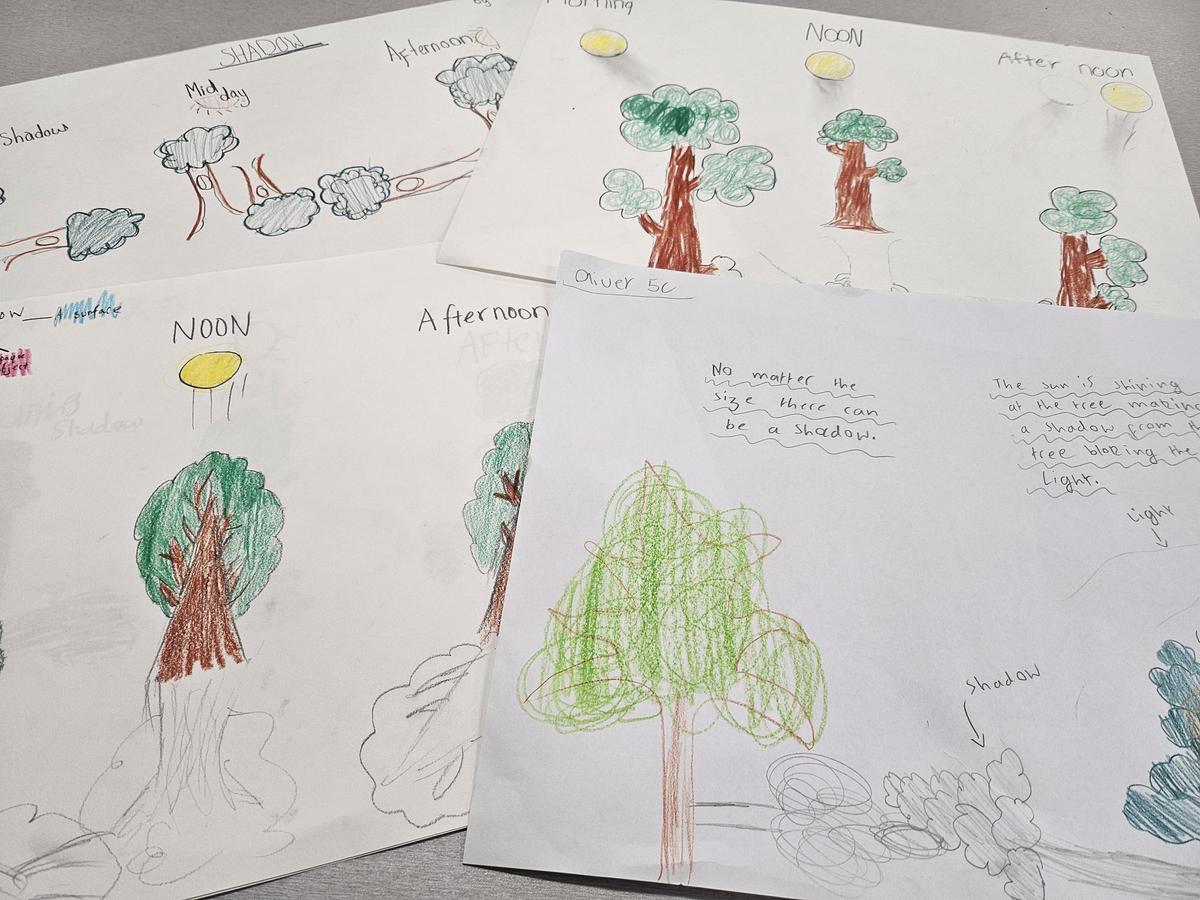STEM
Yurani Perera
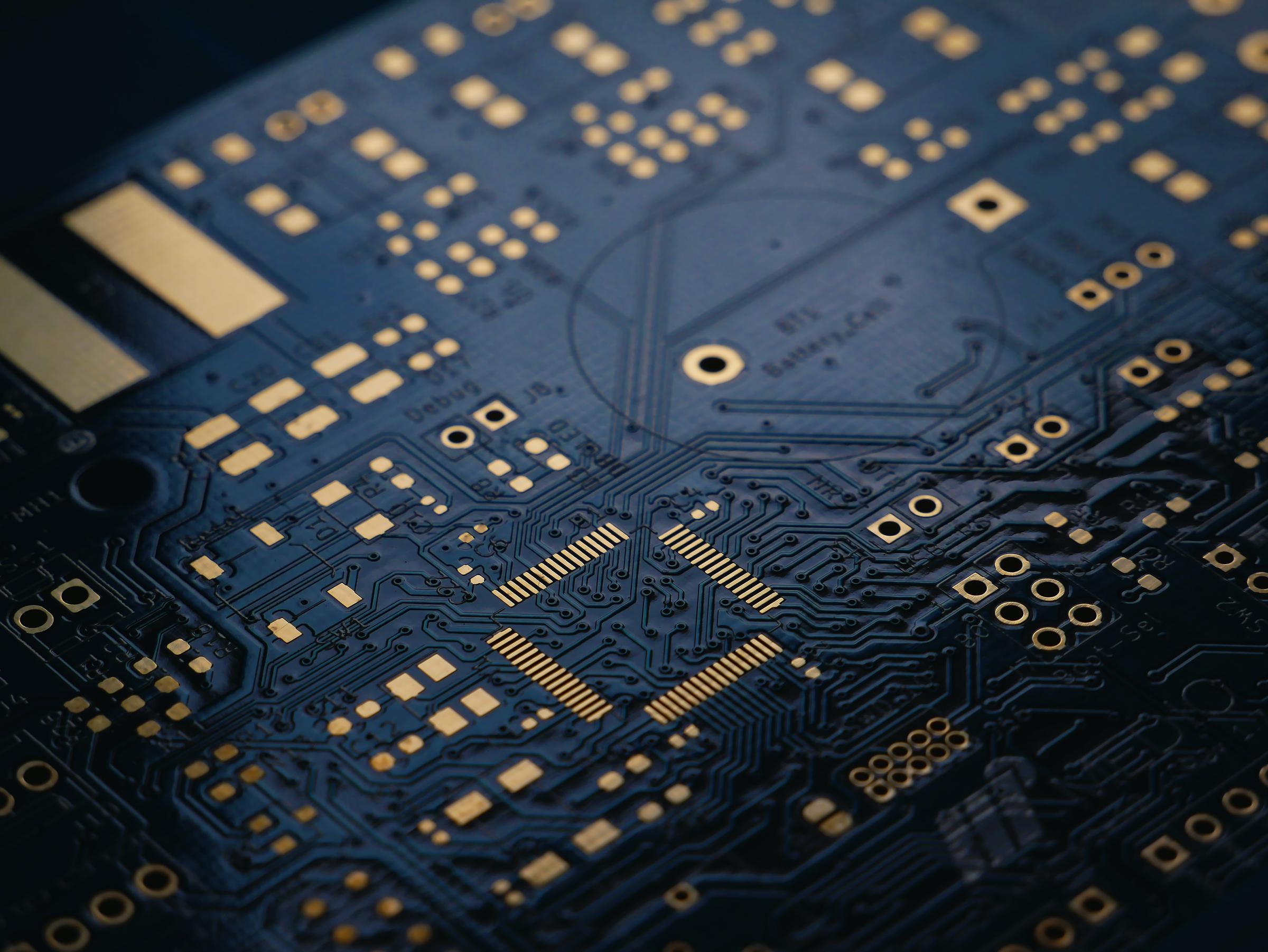
STEM
Yurani Perera
GRADE THREE AND FOUR
As we approach the end of another term, students continue to engage in STEM activities and understand their purpose in the real world and our everyday lives. In Term Two, all students from Grade’s Three and Four continued to focused on the types of ‘Forces’ as part of their Physical Science Unit. They made simple to complex machines using Legos and then compared the Lego models with real objects we see and use in our everyday activities. For example, using the scale to see the balance we use in the classroom for maths tasks or to measure ingredients in the kitchen. Additionally, the seesaw we use in the playground, the measuring wheel we use to measure the length of the basketball court. Further, they investigated how Indigenous Australians utilised simple machines in their everyday activities such as a wedge or axe to cut logs and build a water well, through a use of pulley systems to get water. Students were able to understand these objects are characterised as contact forces.
Furthermore, students explored magnetic forces and how they work as non-contact forces. They learnt that magnets are an object which have a special power to pull (attract) or push away (repel) certain metals. To explore how magnets and magnetism work together, students conducted an experiment and were able to explain the concepts of attraction and repulsion. They use a variety of objects as part of their experiment such as; wood fork, plastic knife, metal spoon, copper coin, silver coin, pencil, drink can. They were able to make predictions as to which objects would be attracted by the magnets and at times were surprised to see how magnetism was a powerful force. This topic was one students found interesting and they were able to provide an explanation as to why some objects would attract or repel against a magnet. I have been thoroughly impressed by the engagement and contributions made by the students this term as they continue to develop their knowledge and skills in STEM.
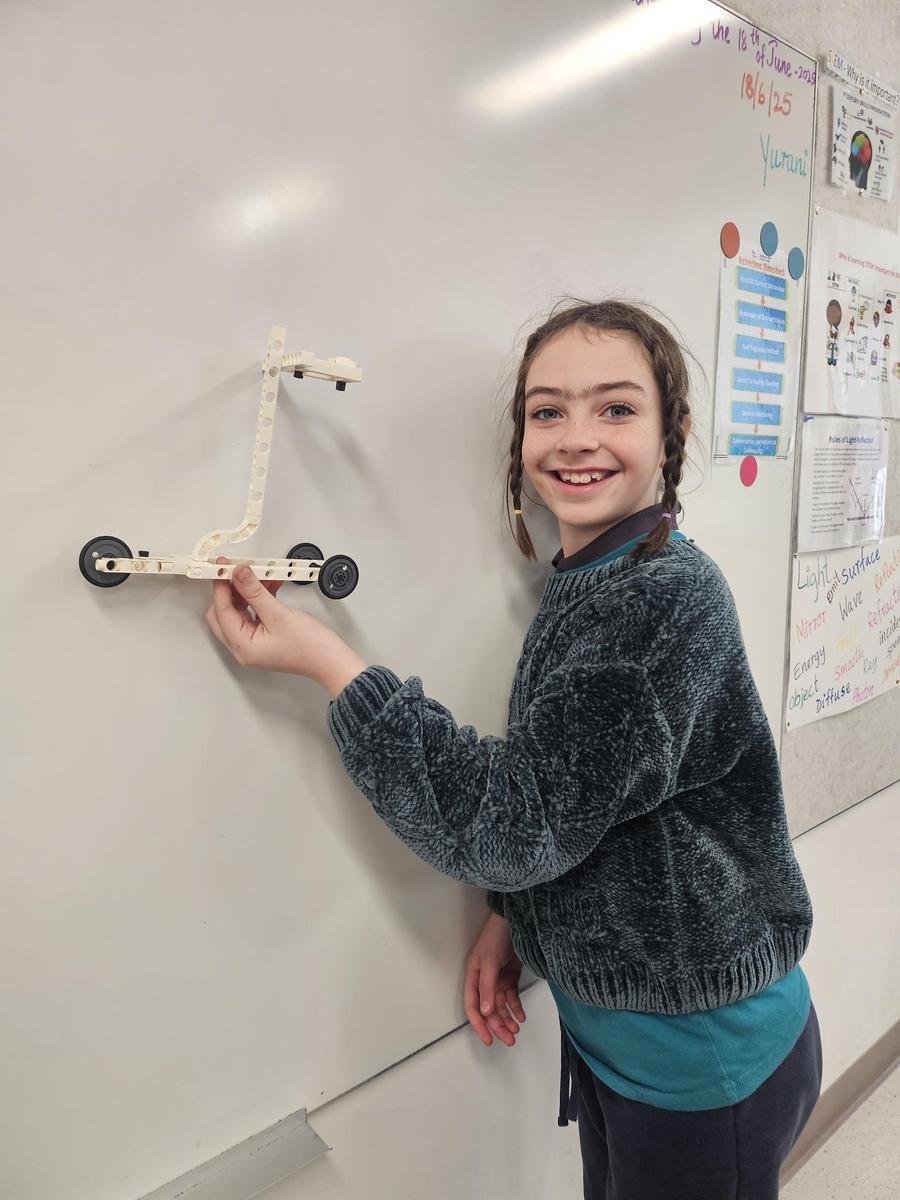
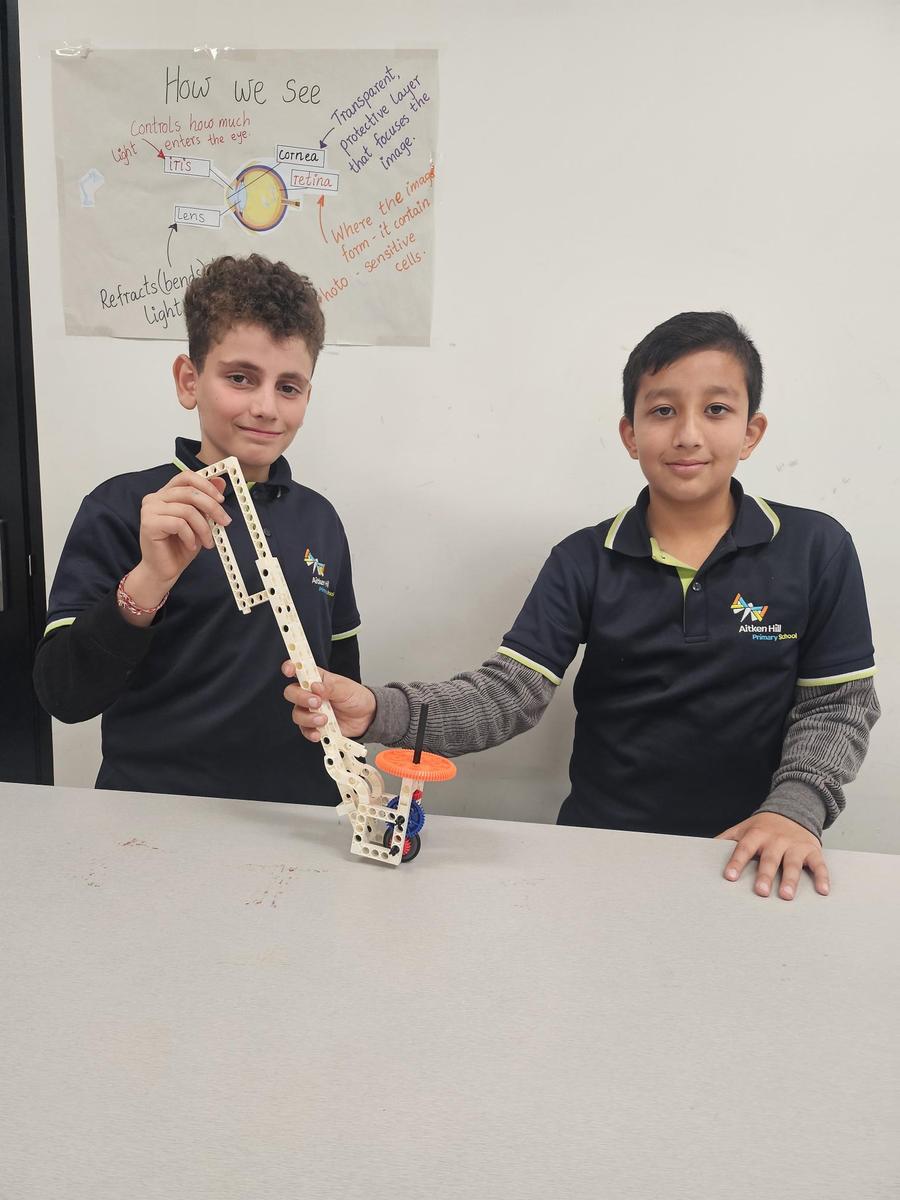
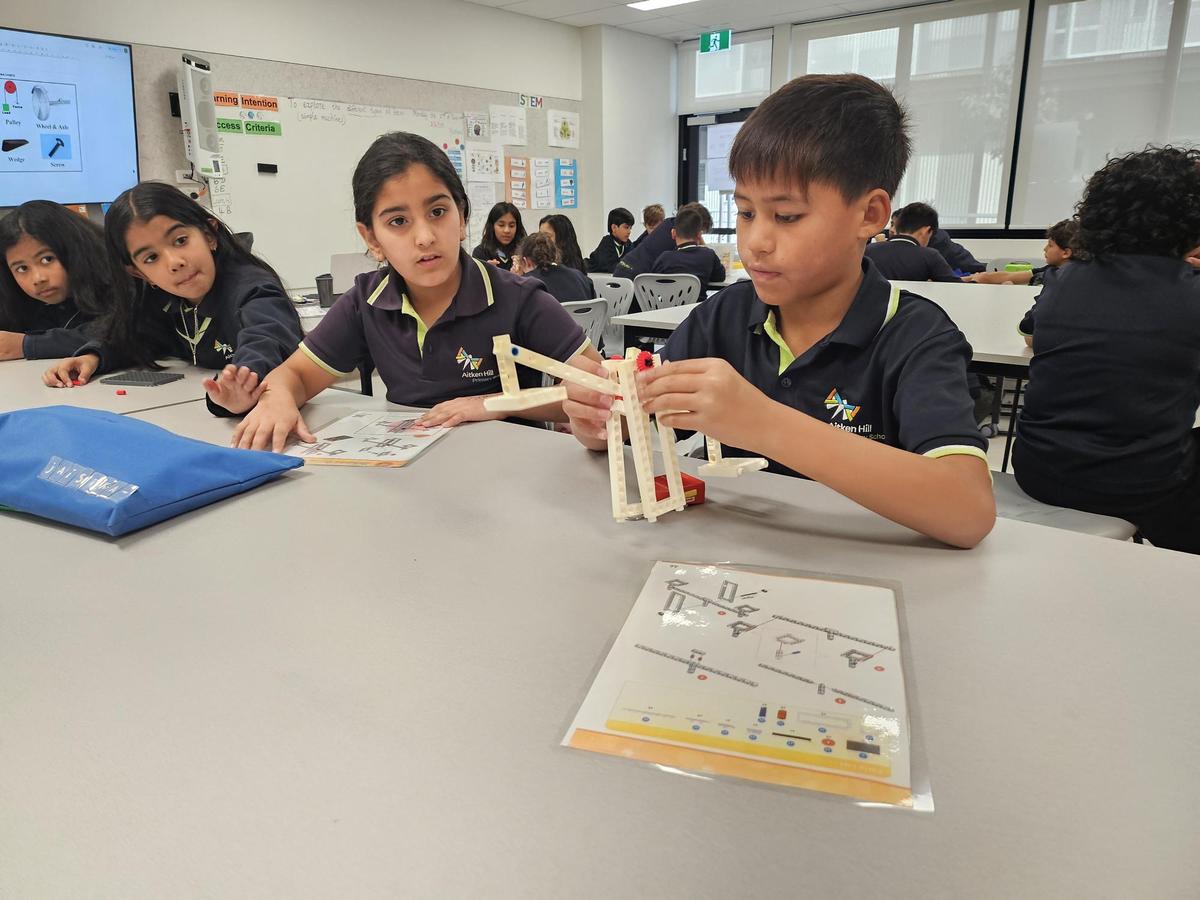
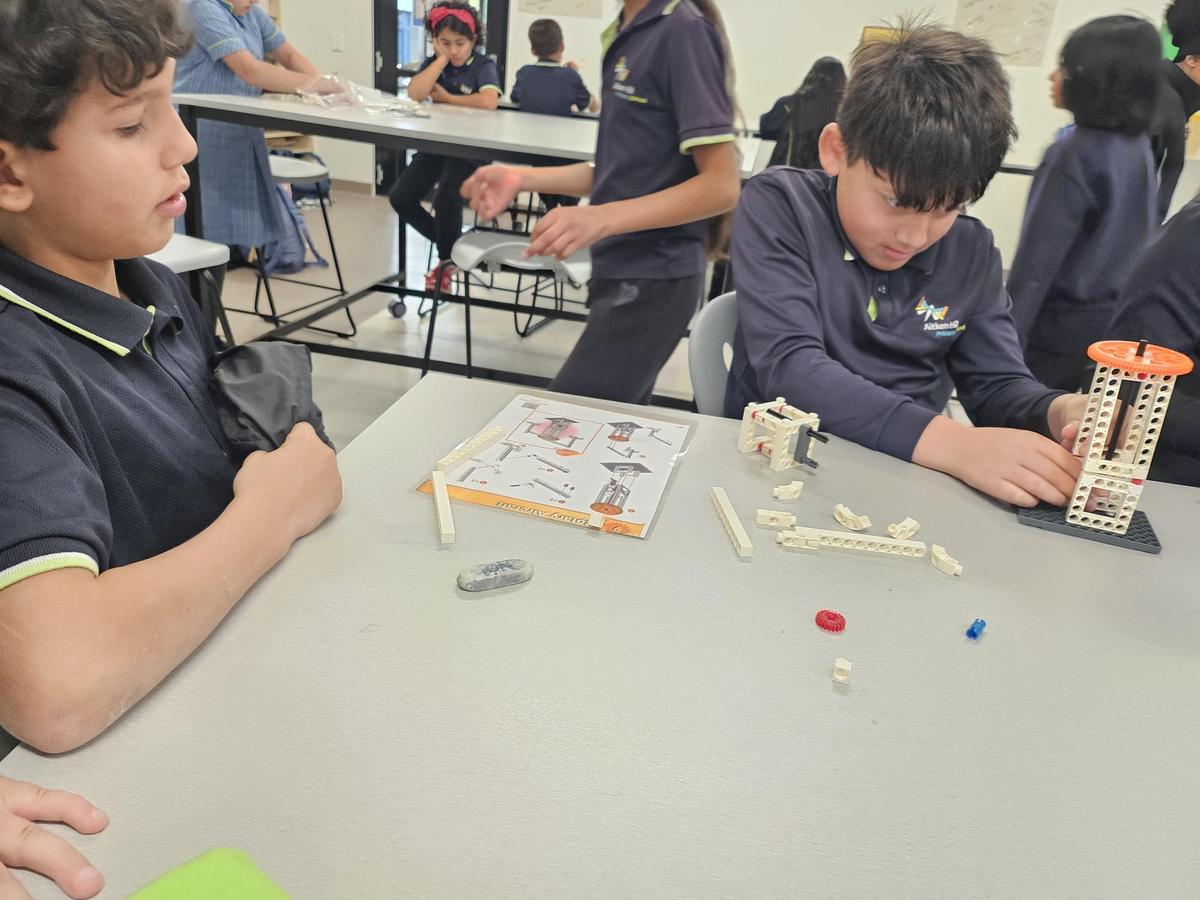




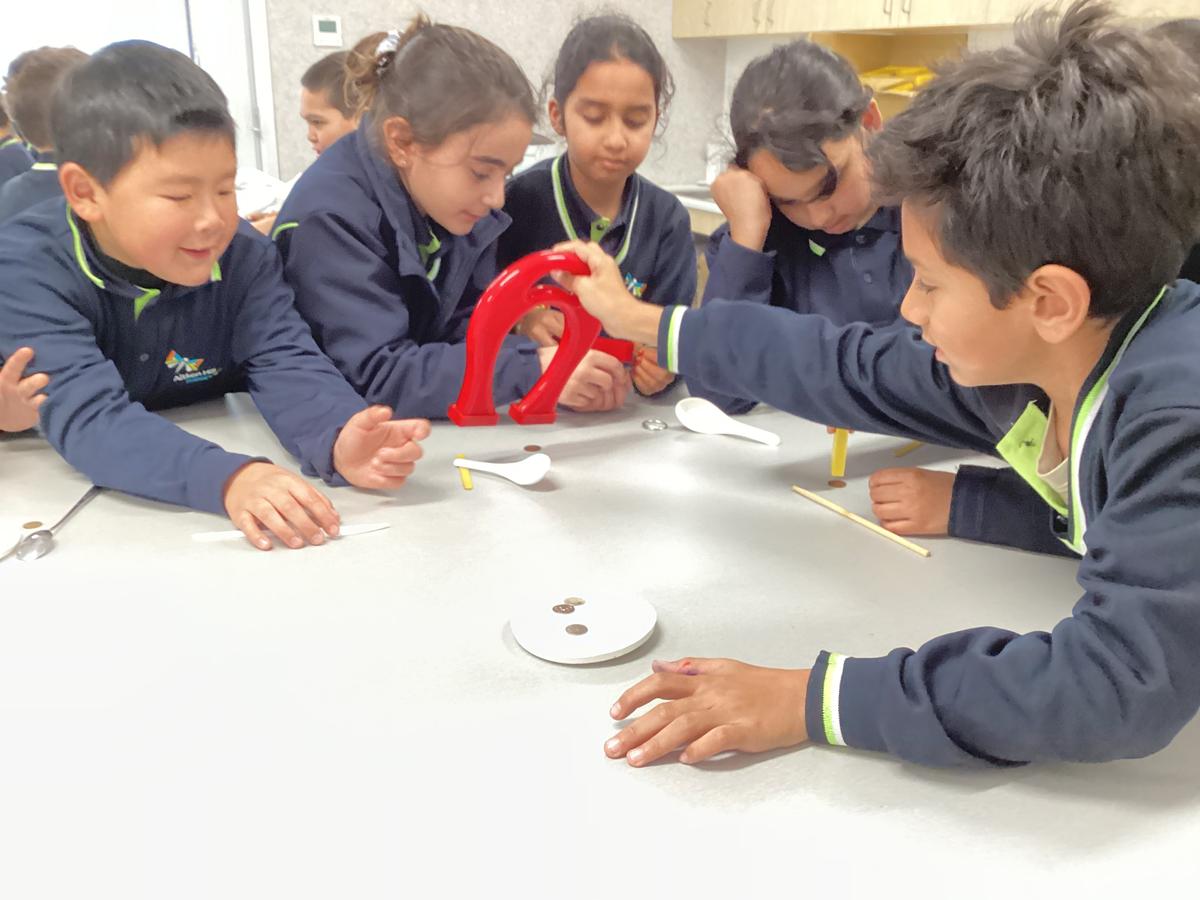

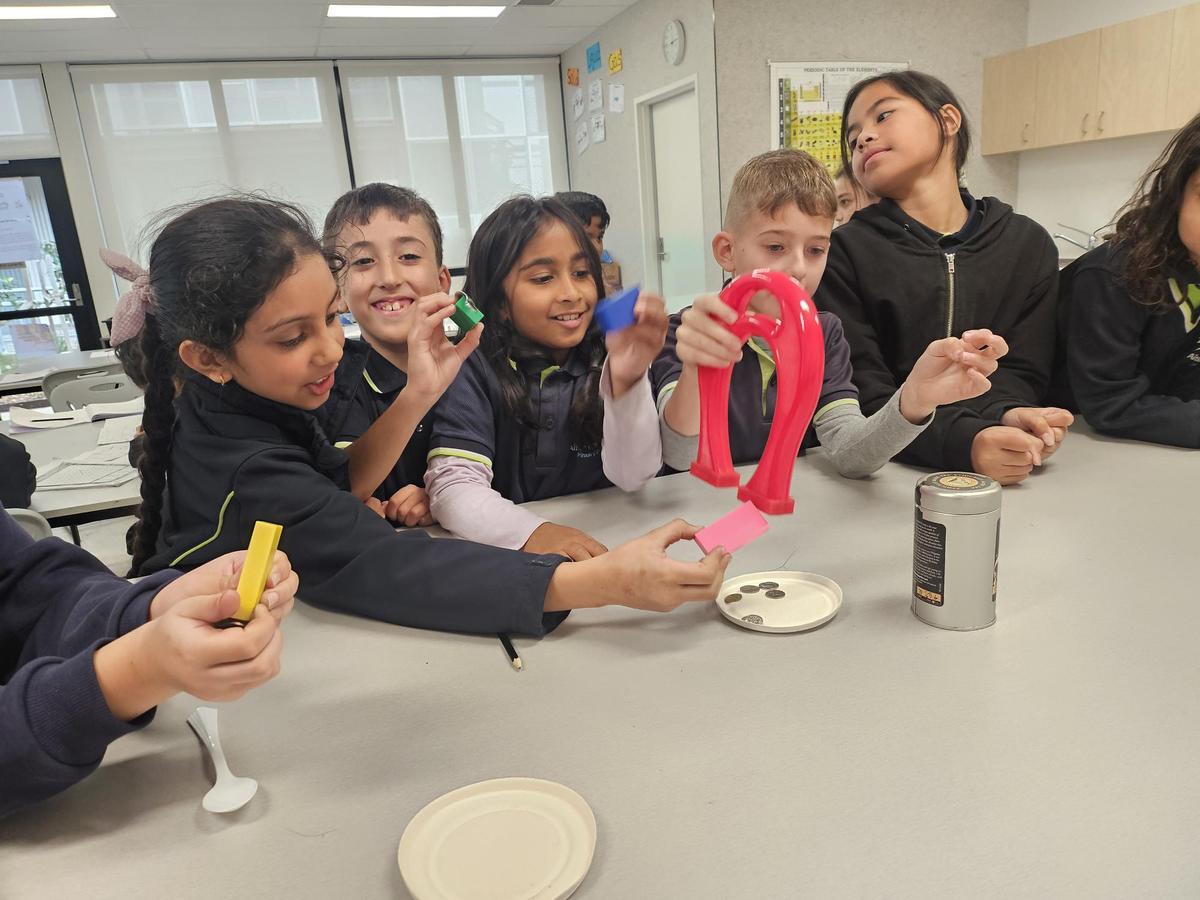
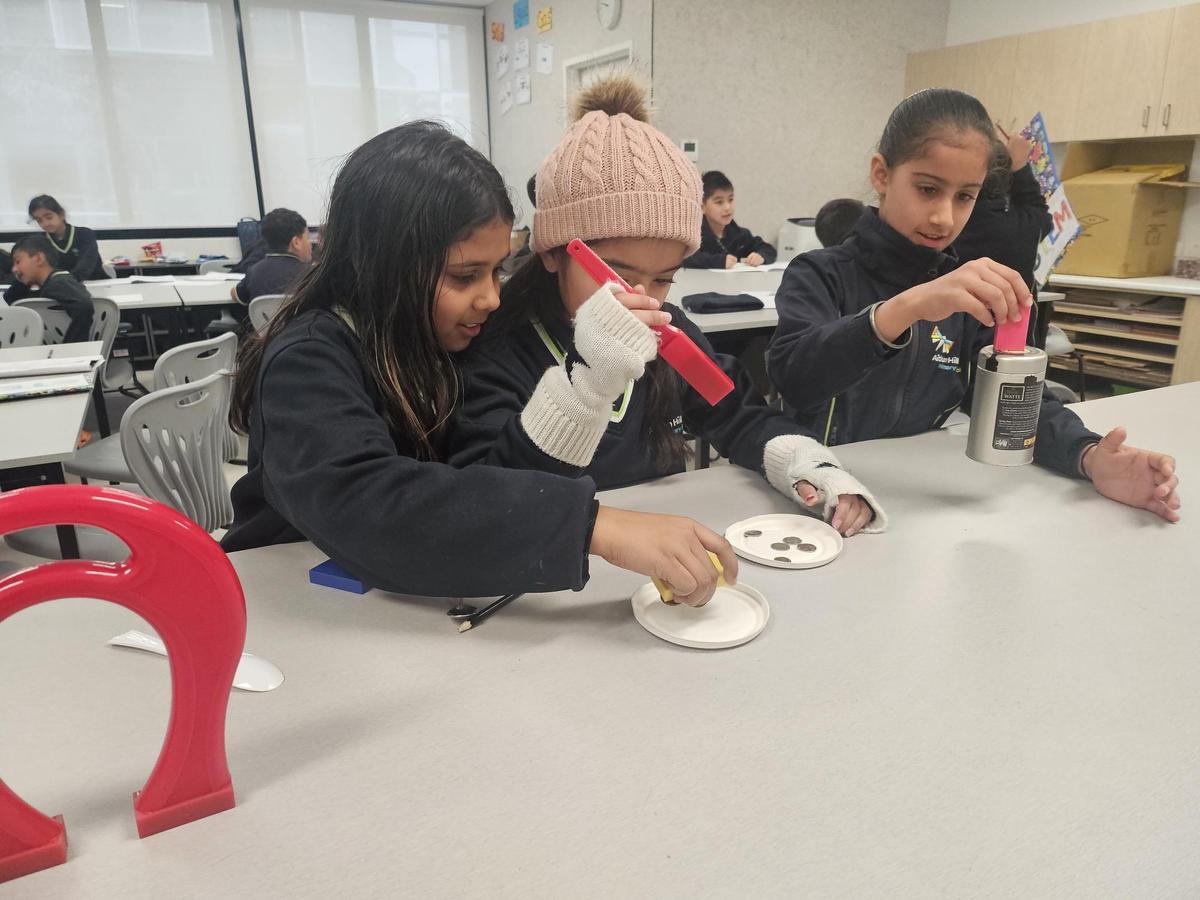




GRADE FIVE AND SIX
As we approach the end of another term, students continue to engage in STEM activities and understand their purpose in the real world and our everyday lives. In Term Two, all students continued to explore how light travels from a light source to our eyes. They learnt that there are three properties of light known as speed, reflection and colour. They were able to examine the idea of how a mirror image (specular reflection) works in mathematical concepts. For example, they used mirrors to draw half-finished pictures, drew shapes (triangles, quadrilateral) with their new position after being reflected over mirror lines. They found this task interesting and were able to make similarities to real world applications such as; constructions, (symmetry in buildings) art (when creating symmetrical designs).
Additionally, students investigated how light travels towards the earth and how shadows are formed. They learnt that the sizes and shapes of shadows are related to the position of the sun and the sky. They were able to produce great posters showcasing the different of shadows (morning, midday, afternoon and the late evening) we see throughout the day.
Furthermore, they investigated the characteristics of visible light by conducting an experiment. For example, when we place a torch, a beam passes through the prisms its splits the white light into seven colours. Students found this fascinating as they were able to see the spectrum of colours like a rainbow. I have been thoroughly impressed by the engagement and contributions made by the students this term as they continue to navigate complex concepts and develop their knowledge and skills in STEM.
